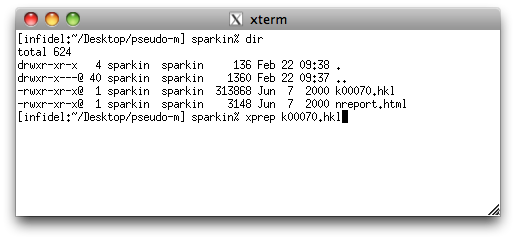
Since we don't have a '.p4p' file for this dataset (although we could use the
makep4p utility), we need to type in the cell dimensions. These are
given in the nreport file.
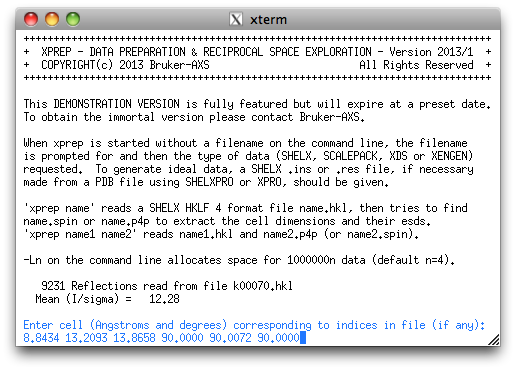
XPREP senses (correctly) that the cell is primitive ...
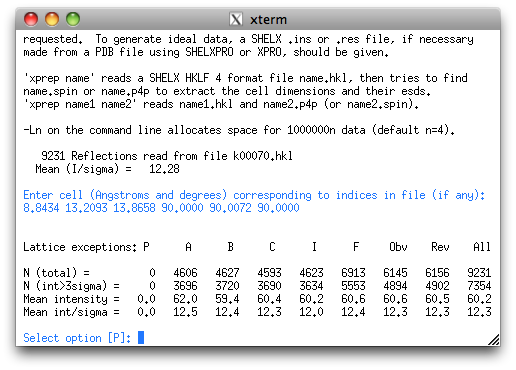
... and thinks that it is orthorhombic. Even the R(sym) value (0.048) gives no
reason to worry ...
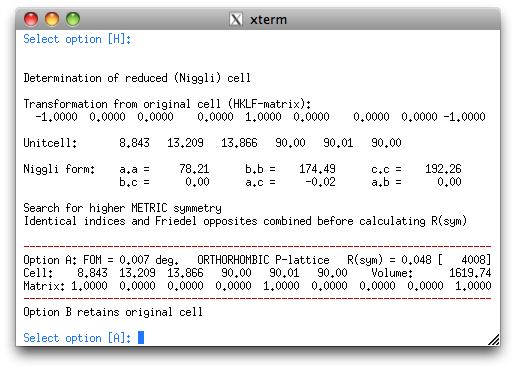
... so we accept the suggestion.
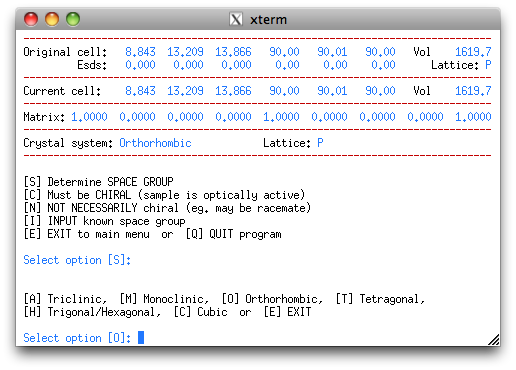
The first indication that something is awry comes when XPREP is unable to find
an acceptable space group given the systematic absences it found after its choice of an
orthorhombic cell.
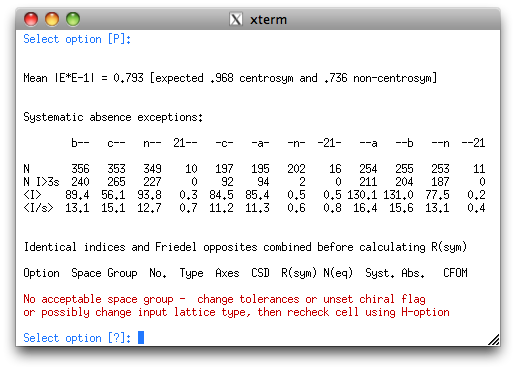
Impossible systematic absences are a classic symptom of twinning.
XPREP suggests 21 screw axes associated with each of the cell axes,
and an n-glide perpendicular to b. The monoclinic space group
P21/n seems plausible, given the information at hand.
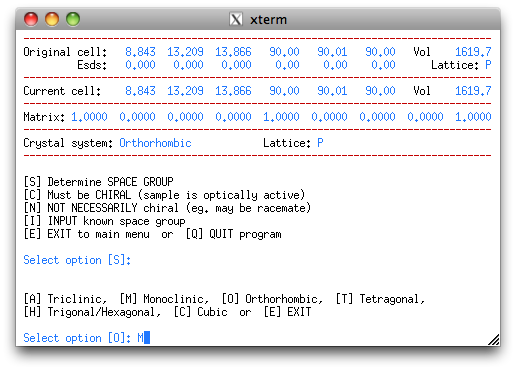
This means we must backtrack and change the crystal system to monoclinic. Note that
under different circumstances, it may have been necessary to apply a transformation
matrix to rearrange the axes to set the unique axis to b. That is not so
difficult to do, but in this case, we got lucky.
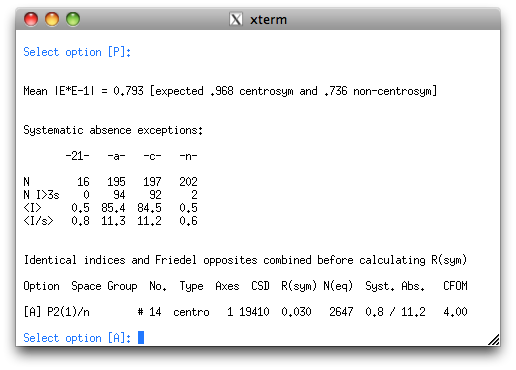
XPREP now happily suggests P21/n as the space
group. Note that the R(sym) for monoclinic (0.030) is rather better than it
was for orthorhombic (0.048).
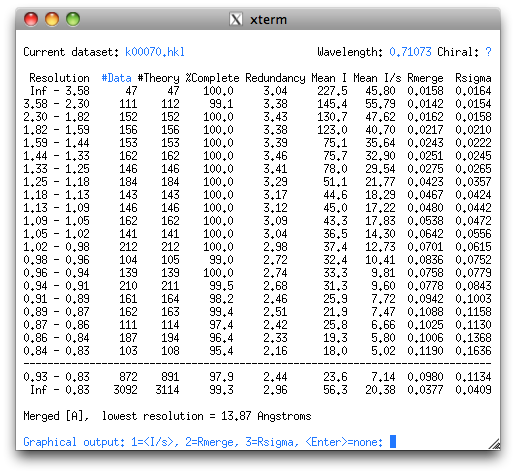
As usual, XPREP leads us through its motions, and spits out a bunch of
intensity statistics along the way. The dataset is pretty strong, but there is
one missing data point at fairly low resolution. That was probably an overload
rejected by Scalepack. There are also a few missing reflections in the
highest resolution shells. Again, this is unfortunate, but really not a big
problem.
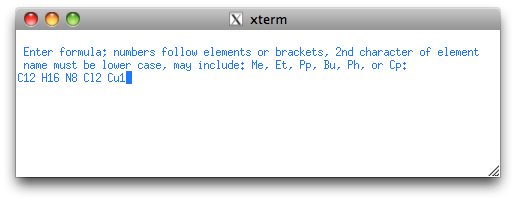
Enter the formula, as you would for any other structure ...
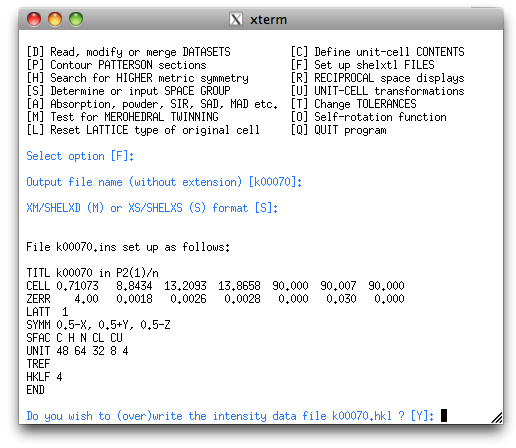
... and set up the '.ins' file for SHELXS to solve the structure.
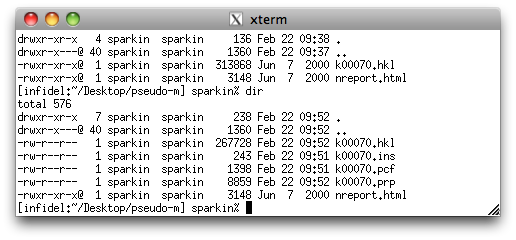
There are now a couple of extra files in addition to the '.ins' file. The '.pcf' file
has a few things in CIF format that were written by XPREP. This file is not
so useful to us, and some of the information in it is nonsense, so we will ignore it.
The '.prp' file contains a listing of the XPREP run, and can be useful as a
reminder if you forget what you did in XPREP.
1) Assign a space group using XPREP.
2) Direct methods structure solution.
3) Decipher the twin law.
4) Twin refinement with SHELXL.
2) Direct methods structure solution.
3) Decipher the twin law.
4) Twin refinement with SHELXL.
Return to the first page of this tutorial.